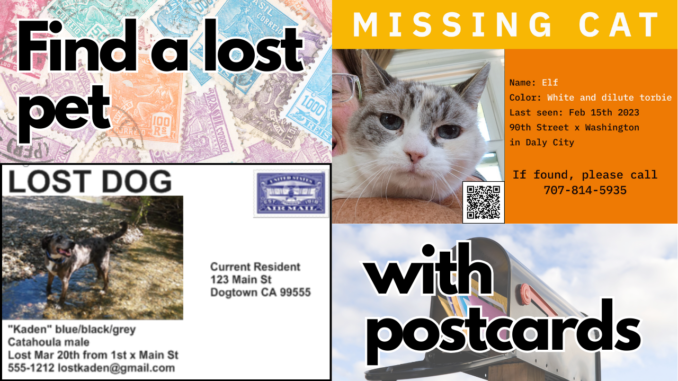
Mailers are a good tool for any time in your search for a lost dog or cat, but especially if you have been looking for a long time. If you have stopped getting leads or you just need another tool to get some more information and awareness out there in your community, postcards can be a big help.
Why postcards?
Many people tend to think that because they’ve posted online on Facebook, Nextdoor, or other social media or they’ve put up a few flyers around the neighborhood they have done all they can. These are all good methods to help bring your lost pet back home ,but you have to understand that not necessarily everyone in your community has seen those posts or those signs.
I live in a a small town and I feel like I know everybody, but very often I get new clients for pet care who found me on the internet. So don’t be fooled thinking everyone in your community has seen your call to action. One good way to get that message out and to get more eyes on your search is to send postcards.
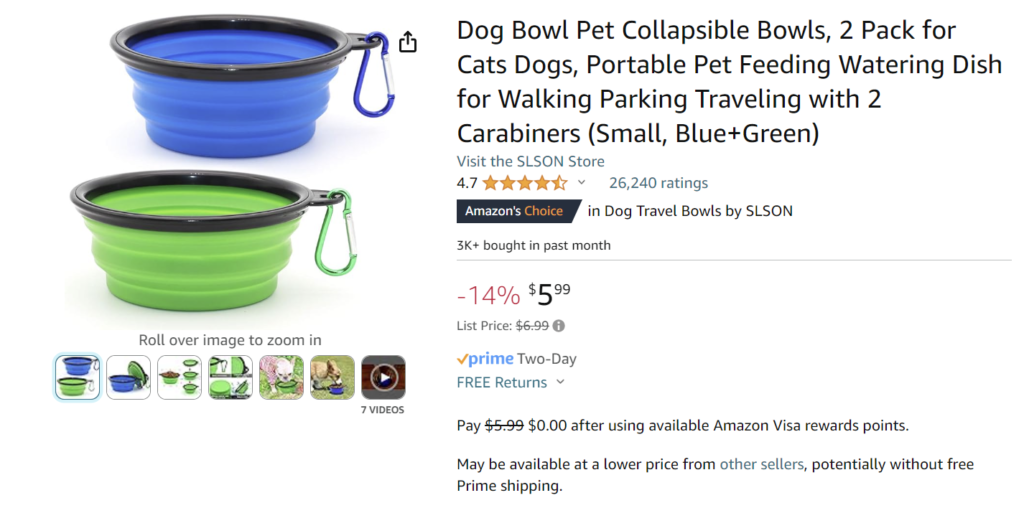
You’ve probably received different cards in the mail over the years advertising a a furniture store, a dentist, a casino, or another business. Many of those cards were sent using a service called Every Door Direct Mail, a service of the post office that can really benefit you in the search for your lost dog or cat. The reason why businesses use these cards, even sending them out every couple of months, is that people tend to hang on to physical mail pieces.
You get a million emails a day and you see a million posts on social media and you probably just forget about them five minutes later or delete them. Even if someone doesn’t take a lot of interest in a physical mail piece at the moment — they may toss it on the table in the entryway like I do until there’s a big pile that I need to go through on recycling day, or put it in a drawer, or stick it on the fridge with a magnet — they’ll probably keep that mail piece around for a while. If they do see your pet in a few days or a week, they’ll still have that information on hand to contact you
Creating your postcard
As far as the design on these cards, you can do it yourself with something like Canva which is what I use for my website and the graphics for my videos. There are lots of other sites like the inexpensive versions of Adobe and other kinds of printing programs that you can use to design the cards. Canva, Vistaprint, and other online design companies offer printing, or you can use a local print shop.
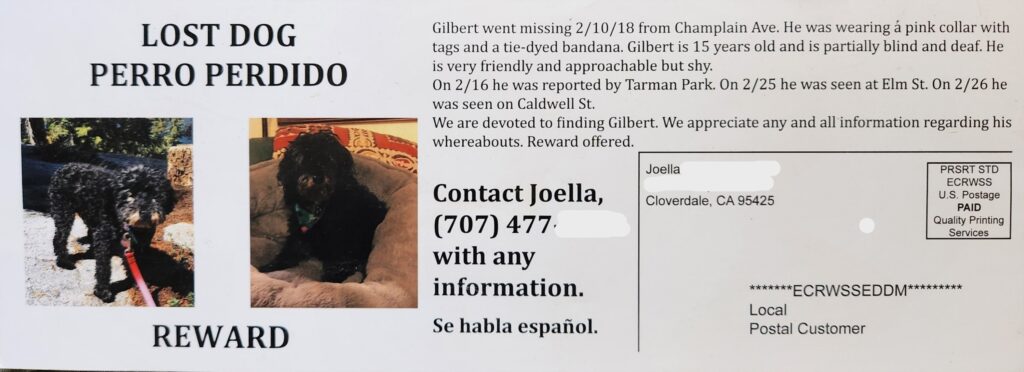
As far as what to put on the postcard, you want to optimally utilize that space. You want at least one good picture of your pet, maybe two, because they can look different from different angles and in different lighting. You want to put the same kind of information you’d put on a sign or flyer: your pet’s description, the last known location or area where they might be found, and your contact info. Don’t waste space with stuff like “needs meds” or “service dog” as that will not help you get your pet back home quicker.
QR codes
One of the things that I’ve been studying a lot lately is QR codes. The QR code is another great element that you can add to your mail piece. As I detail in Using QR codes to find a lost pet: 3 ways, you can create QR codes to do a number of different things. The user can scan the code to go to a website that you have set up to find your lost pet, to save your contact file (vCard) in their phone, or to download a PDF. With a QR code, when someone looks at your postcard they can just scan the code, then even if they lose the card they have the information saved in their phone.
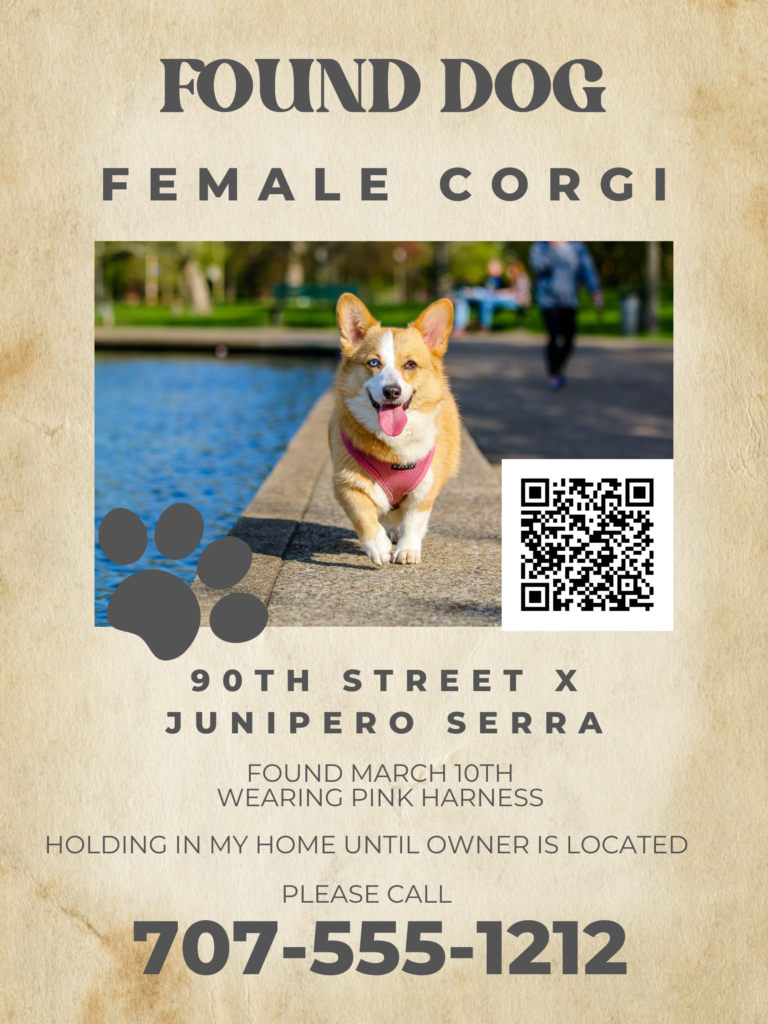
Best way to mail the postcards
The benefit of Every Door Direct Mail is that it literally goes to every house on any mail route on the same day! How does this work? When you’re ready to send your mail piece you go to the USPS EDDM website. You have to be careful to go to that specific website which is the US Postal Service. If you just search “Every Door Direct Mail” you’ll get a bunch of sponsored links for paid services.
Once on the website, you look at the map of your area. If you are missing a cat and the cat is probably not too far from home, you want to pick the route that includes your house and maybe the neighboring route. If you are missing a dog, he might have run far away or been picked up by somebody else so you might want to pick a larger area to cover with your cards. Route sizes vary greatly depending on where you live, because they are basically what one mail carrier can cover in a day. High density city routes tend to be smaller as there are many stops and many mailboxes. Rural routes tend to be much larger as the mailboxes are spread far apart and the mail is delivered by vehicle rather than on foot.
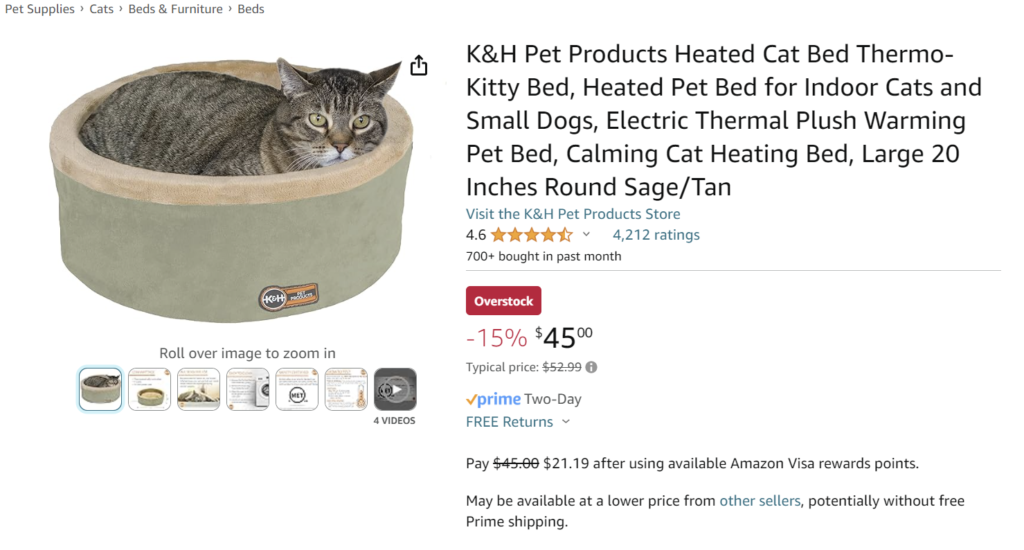
Once you’ve signed up and paid, your mail pieces will be delivered to every single house on those routes in one day so it’s a great way to blanket an area. It’s a lot faster than mailing each piece individually, having to write down every address, or going door too which is extremely slow.
It is critical that you follow the requirements for the design and size of the mail pieces. If you’re doing Every Door Direct Mail, the sizes are listed on the website so you can choose one of those. If you’re mailing cards to individual addresses, make sure that those postcards are small enough to qualify for postcard postage. I think it’s 4×6 — check the post office website! I at one time printed about a million postcards that were 5×7 for my business. They looked great but were oversized, so I had to use full first class postage. SO make sure to confirm all the requirements are met before printing your mail pieces.
Offering a reward
A question that I get asked frequently is, “Should I offer a reward for the return of my pet?” People have different opinions on this. Mine is that if you offer a modest reward like $100 it may incentivize people to not throw that card away, to look a little harder, to report something they saw even if they’re not 100% sure or if they’re not a cat or a dog lover. Good Samaritans will usually try to help anyway even without the possibility of a reward. What you want to avoid is crazy amounts of money. I’ve seen people offering thousands of dollars for information. If you do this you will likely get a lot of bogus calls from people who are just pranking you or who are just trying to get that money. So if you’re going to offer a reward, keep it modest and just rely on the efforts of good Sams who want to help for no other reason than they want to be of service to others and help animals in their Community.
I hope that this information helps helps you get your lost pet back home quickly.

